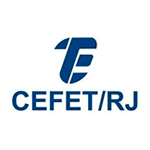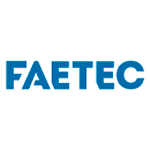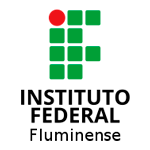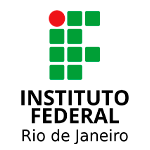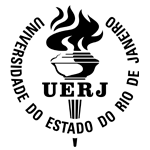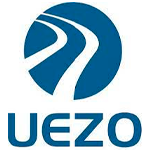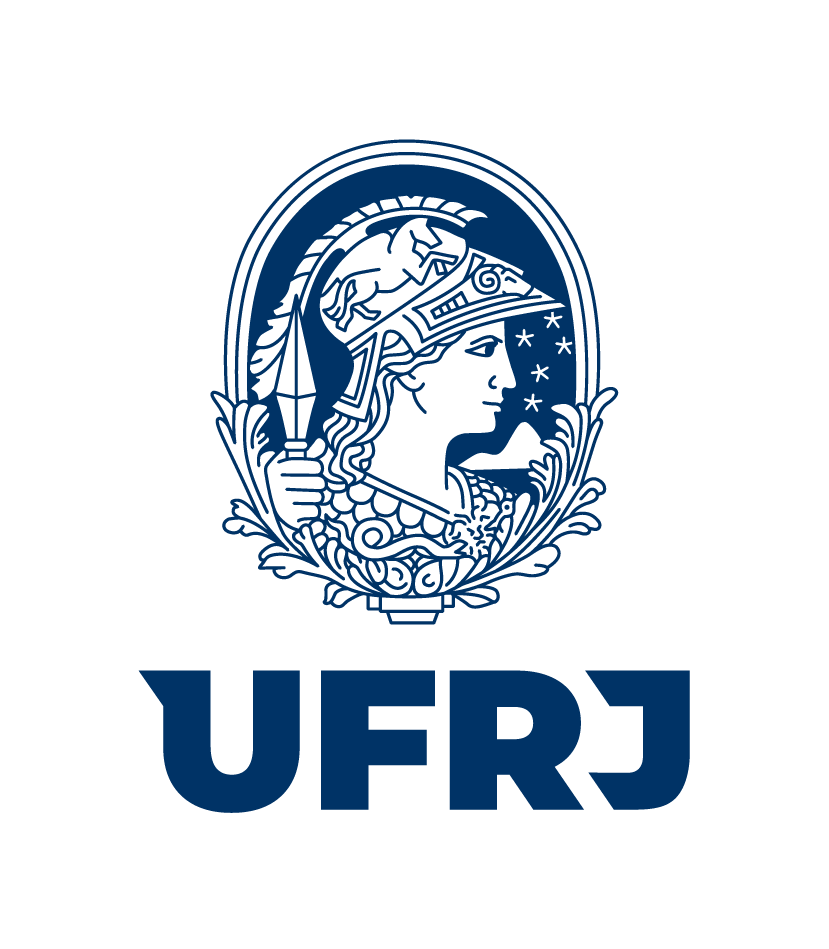EDUCAÇÃO A DISTÂNCIAS: CARACTERÍSTICAS E DIRECIONAMENTOS PEDAGÓGICOS NA ERA DIGITAL
DOI:
https://doi.org/10.18264/eadf.v5i2.265Resumo
A inclusão de variados recursos tecnológicos contribui para a interação entre as modalidades de ensino presencial e a distância, assim como para o diálogo entre as diferentes abordagens pedagógicas. Esse processo tem ocorrido, sobretudo, em função dos recursos tecnológicos se inserirem em todas as dimensões da vida social, sejam pessoais e/ou profissionais. Ao incorporar os diferentes recursos tecnológicos às diferentes modalidades de ensino (presencial e a distância), o espaço educacional se abre de forma ilimitada. Entre a sala de aula presencial e a sala de aula virtual, interpõe-se uma vasta e indefinível fronteira entre o conteúdo e a aprendizagem, entre o professor e o aluno, entre a teoria e a prática, entre o real e o virtual. Nesse sentido, a inserção dos diferentes modelos pedagógicos se torna emergente, a fim de atender favoravelmente a um vasto número de identidades culturais, pois o conhecimento se sustenta, complementa-se e se enriquece quando emerge de um diálogo entre os diferentes componentes que dele fazem parte. A presente pesquisa se estabelece visando identificar a necessidade de implementar, no processo ensino aprendizagem, subsidiado pelas diferentes tecnologias digitais da informação e da comunicação, novos modelos pedagógicos, sendo o foco deste estudo o ensino superior. Tal pesquisa, de cunho bibliográfico, buscou, baseada em autores contemporâneos, apresentar os modelos pedagógicos aplicados na contemporaneidade em função da inserção das tecnologias digitais de informação e comunicação nos contextos de aprendizagem.
Palavras-chave: Tecnologia Digital; Educação a Distância; Modelos de Aprendizagem.
Characteristics and Educational Directions in the Digital Age
Abstract
The inclusion of various technological resources contributes to the interaction between the types of classroom teaching and distance, as well as for dialogue between the different pedagogical approaches. This process has taken place, especially in the light of technological resources to insert in all dimensions of social life, are personal and / or professional. By incorporating the different technological resources to different forms of education (classroom and distance), the educational space opens indefinitely. Between the face classroom and virtual classroom interposes a vast and indefinable boundary between content and learning between the teacher and the student, between theory and practice, between the real and the virtual. In this sense, the integration of different pedagogical models becomes emerging in order to meet favorably to a vast number of cultural identities, because knowledge is based, is complemented and enriched when emerging from a dialogue between the various components which make part. This research is established in order to identify the need to implement, in the learning process, supported by the different digital technologies of information and communication, new pedagogical models, and the focus of this study higher education. This research, bibliographic nature, sought, based on contemporary authors present the pedagogical models used nowadays due to the insertion of digital information and communication technologies in learning contexts.
Keywords: Digital Technology; Distance Education; Learning Models.
Downloads
Referências
Ausubel, D. P. (1968). Educational psychology: a cognitive view. New York: Holt, Rinehart and Winston.
Bates, Tony. (2014). Teaching in a Digital Age. Disponível em: http://opentextbc.ca/ teachinginadigitalage
Dabbagh, N. (2005). The Online Learner: Characteristics and Pedagogical Implications. Disponível em: http://www.citejournal.org/vol7/iss3/general/article1.cfm
Dabbagh, N., & Bannan-Ritland (2005). Online Learning: Concepts, Strategies, and Application. Disponível em: www.prenhall.com/dabbagh/ollresource
Moreira, M. A., & Masini, E. A. F. S. (1982).Aprendizagem significativa: a teoria de David Ausubel. São Paulo: Moraes.
Prensky, M. (2011). Digital Natives, Digital Immigrants. Disponível em: www.nnstoy.org/download/technology/Digital%20Natives%20-%20Digital%20 Immigrants.pdf
Prensky, M. (2011). Digital Natives, Digital Immigrants, Part II: They Really Think Differently? Disponível em: http://britannia-spb.ru/downloads/Prensky-Digital-Natives-Digital-Immigrants-Part2.pdf.
Rodrigues, L. A. (2010). Uma Nova Proposta para o Conceito de Blended Learning. Disponível em: periodicos.uems.br/novo/index.php/interfaces/article/ view/72/52
Selwyn, N. (2009). The digital native: myth and reality. Disponível em: comminfo.rutgers.edu/~tefko/Courses/e553/Readings/Selwyn%20dig%20natives,%20Aslib%20Proceedings%202009.pdf.
Thompson, M. M. (1998). Distance learners in higher education. In C. C. Gibson (Ed.). Distance learners in higher education (pp. 9-24). Madison, WI: Atwood Publishing.
Universidade de Queensland. Instituto de Ensino e Aprendizagem Inovação. (2014). About Flipped Classrooms. Disponível em: www.uq.edu.au/tediteach/flipped-classroom/what-is-fc.html
ed-classroom/what-is-fc.html
Downloads
Publicado
Como Citar
Edição
Seção
Licença
Todos os artigos publicados na Revista EaD em Foco recebem a licença Creative Commons - Atribuição 4.0 Internacional (CC BY 4.0). Todas as publicações subsequentes, completas ou parciais, deverão ser feitas com o reconhecimento, nas citações, da Revista EaD em Foco como a editora original do artigo.


